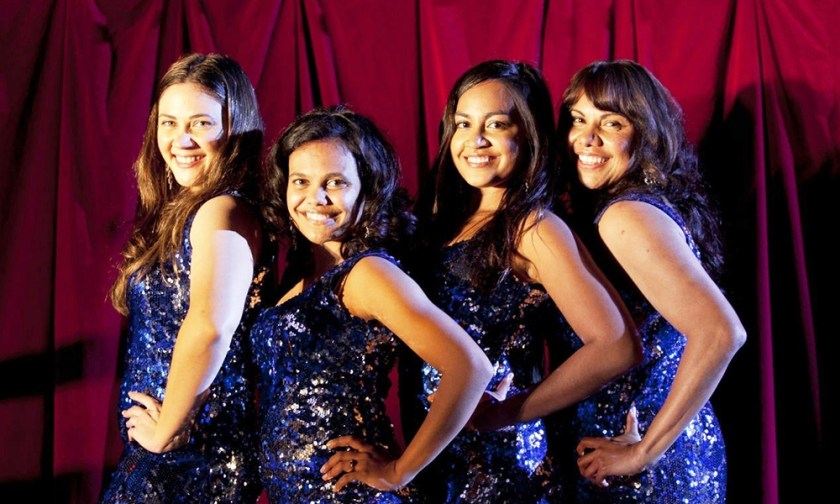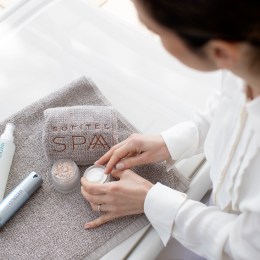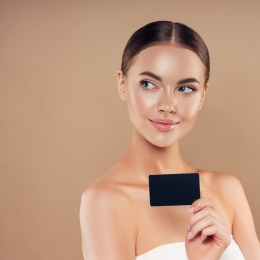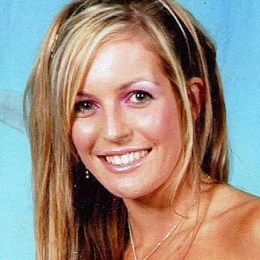3 Ways To Weave Magic With Darker Skin Tones
Once a year, the Australian public faithfully tune into our homegrown entertainment-award hoedown.
As long we we can remember, The Logies have been comfortably predictable…
Daryl Somers dominates. The cast of Home and Away make headlines. And, Lynne Mcgregor… (from the days of frosted blue eyeshadow to that eternal mid-nineties mullet) Well, it just wouldn’t be the same without her, would it?
But, at the 58th Logie Awards, held last Saturday in Melbourne’s Crown Casino, things went down differently. (Not the speeches. They were as long as ever) However, there was a distinct sense of ethnic diversity among the suite of winners.
With this in mind, it’s timely to clear the cobwebs when it comes for catering for darker complexions. After all, wouldn’t it be detrimental to give a potential client the ‘brush-off’ simply because you were ill-equipped or unprepared?
1) Pull Up Your Stocks!

If you believe Indigenous Australians are under-represented in our media, consider complexion makeup—countless cosmetic companies only cater for fair skin. Thank goodness, things are changing on both fronts. Indigenous Australian actor, Deborah Mailman took the gong for outstanding actress this year, and cosmetic brands like Young Blood Minerals boast sixteen foundation colours.
Philip Luque, director of makeup artistry from Young Blood explains: “Women of colour spend an estimated $7.5 Billion annually on beauty products… 80% more than non-women of colour. That’s a lot.”
Imagine turning away the magnificent Ms. Mailman simply because you didn’t cater for her skin tone?
Ramp up your range of shades:
- Stocking more colours equals more potential clients and more money.
- Since darker shades can be difficult for customers to source on the ‘high street’, it’s smart to make make the products you use in a makeover, available for the customer to buy in your spa.
- Once you’ve stocked up a wide range of shades, consider how you can market specifically to women with darker skin.
NB: Show your new/ ‘true’ colours by streaming your social media channels with ethnically diverse models.
2) One Shade Doesn’t Fit All!

Would you be ‘ready’ if Maddy Madden, star of ‘Ready for This’ (Australia’s first Indigenous teen drama) breezed into your Spa and asked for a makeover? A ‘no-makeup makeup’ look…exactly like the one she sported at The Logies?
“All artists and skin care specialists should get familiar with darker skin tones” says Philip Luque of Young Blood. “The more knowledge you have the stronger you are as a beauty specialist.”
When it comes to letting natural beauty shine through, success hinges on an undetectable makeup base.
Pointers for achieving a perfect colour match on Indigenous, African, or Indian skin:
- Darker skin is usually lighter in the centre of the face, and darker around the outside, so rather than matching foundation on the jawline, test colours on the cheek.
- Mineral powders can look ashy on darker complexions but this can be combatted by mixing in a little rice powder like this one from MineralX.
- Don’t go in too heavy with foundation or it will ash up quickly. Start lightly then gradually build up.
NB: A super-hydrating day cream like, Scout Cosmetics Rejuvenating Creme is absolutely essential when creating the ‘woke-up like this’ look.
3) Now For The Highlights!
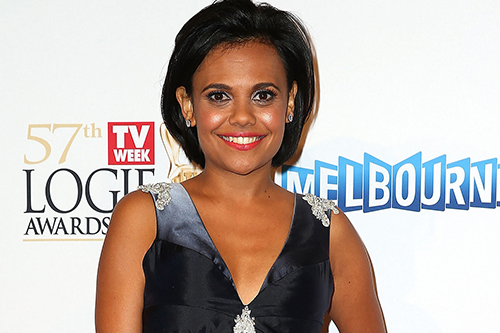
“Put more beautiful people of colour on TV and connect viewers in ways that transcend race and unite us!” Declared Australian actor, Miranda Tapsell, when accepting her second Logie of the night for her role in the drama, Love Child. With the likes of Delta Goodrem, and Lara Bingle perpetually featured on magazine covers, it’s plain to see how ‘quintessentially Australian’ beauty ideals have been shaped overtime. The lack of ethic diversity in mainstream media means many makeup artists feel more comfortable working with caucasian features.
Philip Luque confirms: “When I started doing makeup in retail events years ago, other artists would be afraid to work with women of colour and would give them to me because I was not afraid. As an artist you need to expand your skills to include everyone and everything.”
Pairing strobed-skin with matte lipstick, Miranda sported the hottest makeup look of the season. These days, makeup trends are increasingly ‘universal’ but skin tone most definitely effects how they are achieved.
Luques tips for colour makeup on darker complexions:
- Realise that a particular colour will look different on darker vs. lighter skin, so schedule in some time with your client to test hues.
- Just because your client has a darker tone, it doesn’t mean you need to stick to bright or dark colours—practise natural hues on lips, lids and cheeks.
- Strobing on dark skin is easy as so many hues work, even icy pink, bronze and rose gold. A good pigment is a must though, for the shimmer to show up.
NB: To ensure matte lipstick like Miranda’s last all night, apply a fine film of the Curtis Collection invisible powder after one coat of lipstick, then finish with a second coat. This one is simply a handbag essential for darker complexions as they tend to show oil/shine more than pale skin.

